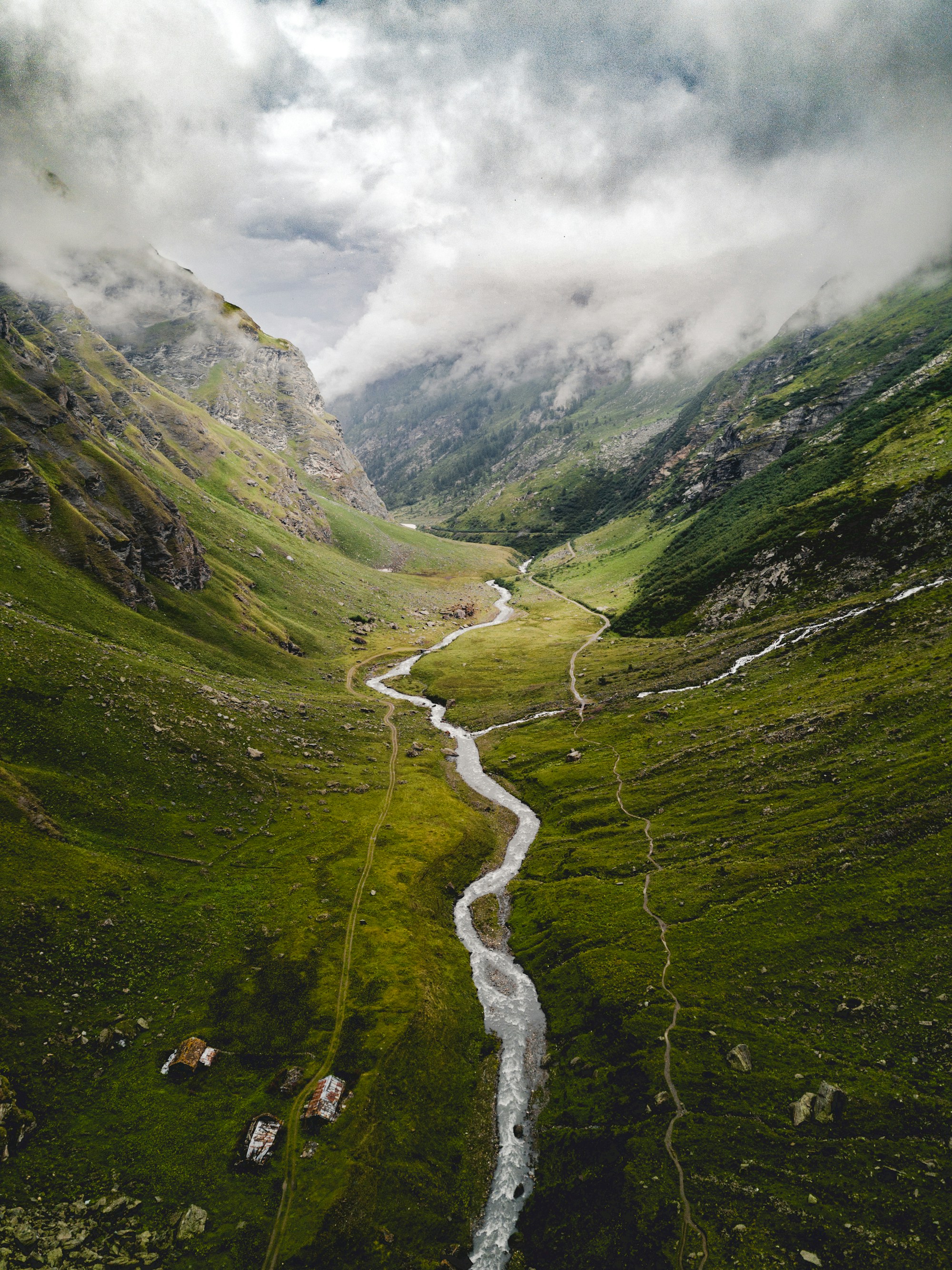What to See in Aosta: A Practical Weather and Geography Guide

Introduction
Nestled within the Italian Alps, Aosta Valley is a region filled with spectacular mountains, beautiful valleys, and rich historical attractions. The region is not just a paradise for nature and history enthusiasts, but also for those seeking to understand the unique climatic and geological phenomena that have shaped its terrain. In this guide, we will take you through some of the must-visit places in Aosta, while also giving you an insight into Aosta's geography and weather patterns.
Geography of Aosta
The Aosta Valley is located in the northeastern part of Italy, bordered by France to the west and Switzerland to the north. The deep valleys and steep mountains that characterize this region were primarily formed due to glacial activity. The region boasts peaks such as Mont Blanc, Matterhorn, and Gran Paradiso, all standing tall at over 4,000 meters. The valleys are home to a variety of flora and fauna and house several picturesque towns and villages.
Weather in Aosta
The Aosta Valley experiences an alpine climate, characterized by cold winters and mild summers. Rainfall is distributed evenly throughout the year, although it is usually higher in the mountains than in the valleys. The winters, from late November to March, are the best time to visit if you wish to witness the snow-capped peaks, and enjoy winter sports like skiing and snowboarding. If you prefer milder temperatures and an opportunity to indulge in hiking and mountain biking, you might want to visit during the summer months, from June to September.
Aosta's Landmarks
- Aosta Cathedral: This historical monument, dating back to the 4th century, is a testimony to Aosta's rich history. The cathedral showcases a blend of Gothic and Romanesque architecture.
- Parco Nazionale Gran Paradiso: Established in 1922, this was Italy's first national park. It's a haven for wildlife and plant species, many of which are unique to the region.
- Aosta’s Roman Theatre: Constructed in the late 1st century BC, this theatre is one of the best-preserved Roman architectures in northern Italy. The semi-circular edifice could accommodate up to 4,000 spectators in its heyday.
Conclusion
The Aosta Valley, with its spectacular landscape, diverse wildlife, and rich history, offers an unrivalled experience for all kinds of travellers. Whether it's the geographical wonders, unique weather patterns, or historical landmarks, there's a lot to explore and understand in this scenic region of Italy.
